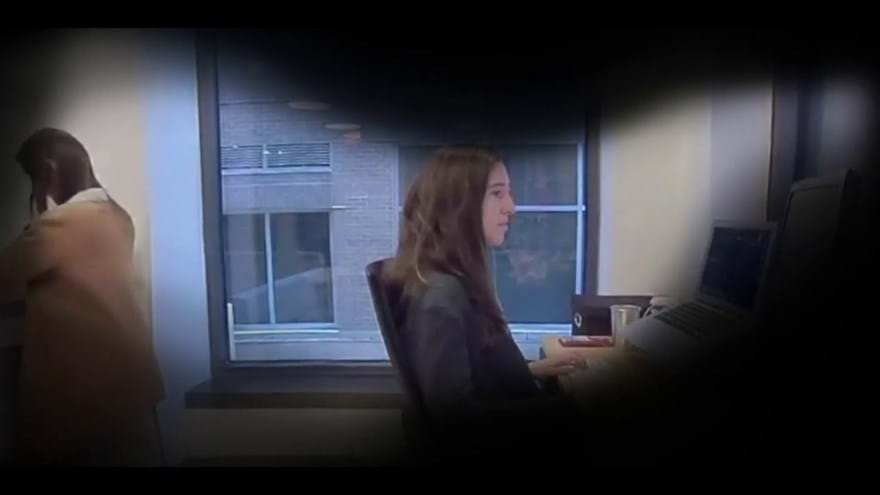How vision-impaired people see the world
Did you know that, while some people with sight loss can't see anything at all, many have some vision, albeit limited or obscured?
What a vision-impaired person can actually see will be unique to them. However, when it comes to certain eye conditions, there are common 'symptoms', depending on which part of the eye is affected.
The footage below, from the US-based National Eye Institute, gives examples of the kind of vision people with age-related macular degeneration, cataracts, diabetic retinopathy and glaucoma might typically have.
Age-related macular degeneration
This disease causes blurriness or spots in the centre of your vision.
Cataracts
Cataracts cause the lens of your eye to become cloudy. It can feel like you're looking through dirty glass.
Diabetic retinopathy
This condition can cause sight loss in people with diabetes. Those with diabetic retinopathy may have blurry vision and see floaters, which are dark spots that move around in their field of vision.
Glaucoma
Glaucoma damages the optic nerve at the back of the eye, causing vision loss. One of the first signs of the condition is the loss of peripheral vision, or what you see from the sides of your eyes.
Read more
How to knit or sew a Remembrance poppy
20 Aug 2024
Learn how to create your own knitted poppy, with step-by-step instructions and tips for vision-impaired crafters.

Hobbies with low vision: gardening
30 Jan 2024
Gardening is one of the best hobbies for someone with sight loss as it can be as simple or as complex as you like.

Hobbies with low vision: fishing
16 Jan 2024
Fishing is the UK's most popular participation sport - and there’s no need to give it up when you lose your sight.

Sign up for email updates
We would love to send you updates about our work and how you can support us.
You can change your contact preferences at any time by calling us on 0300 111 2233 or emailing us. See our privacy policy for more details.



